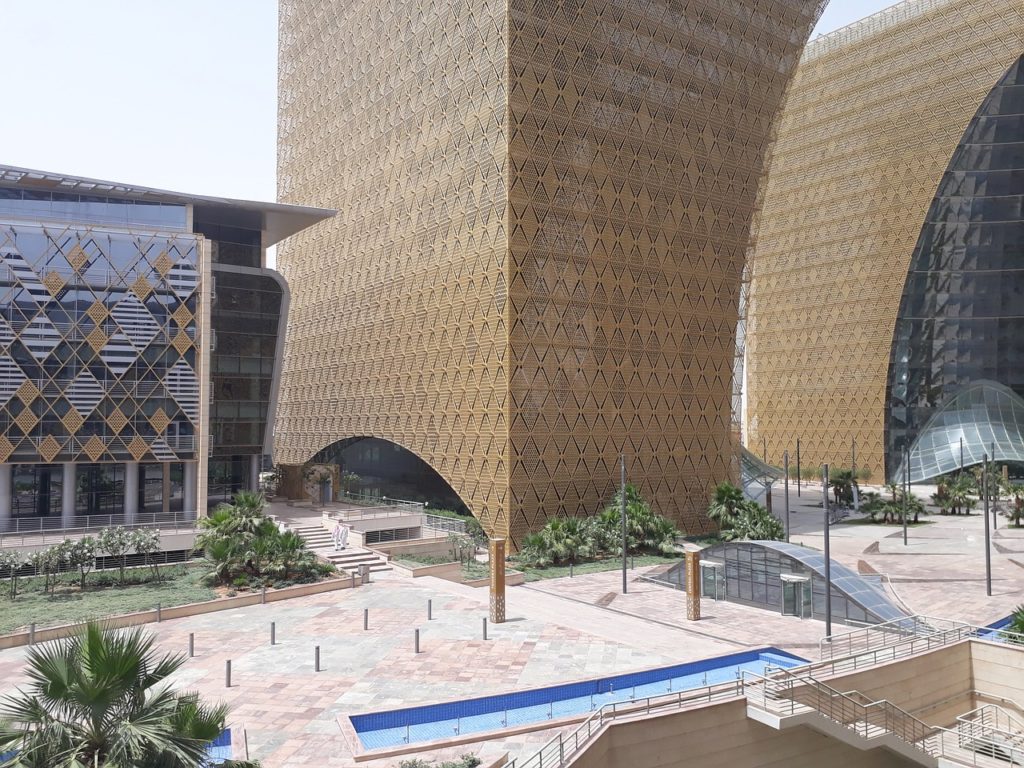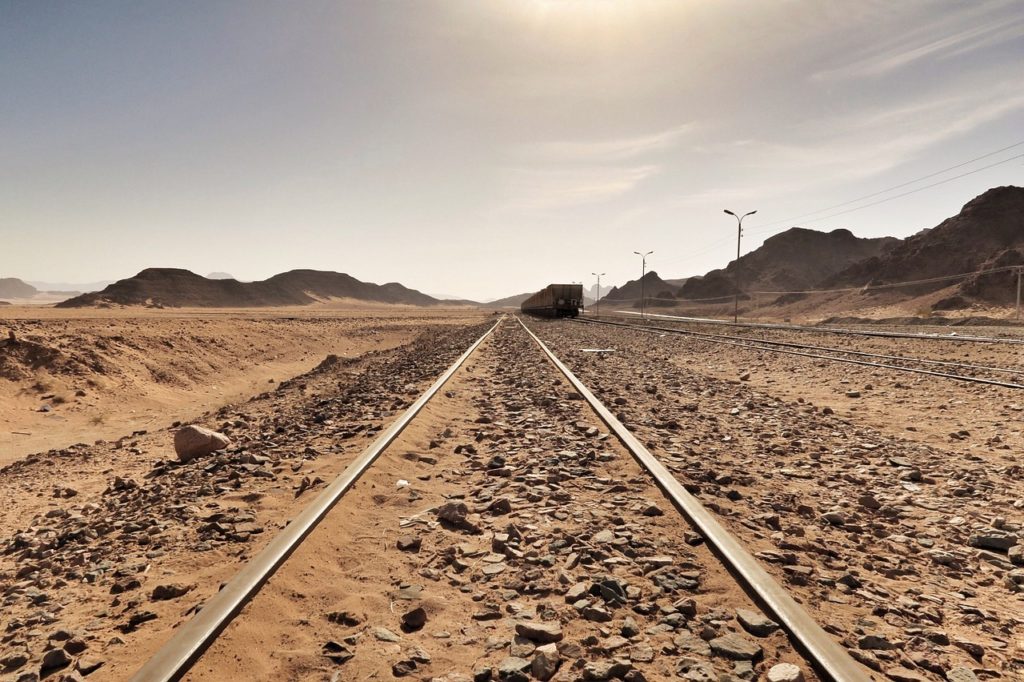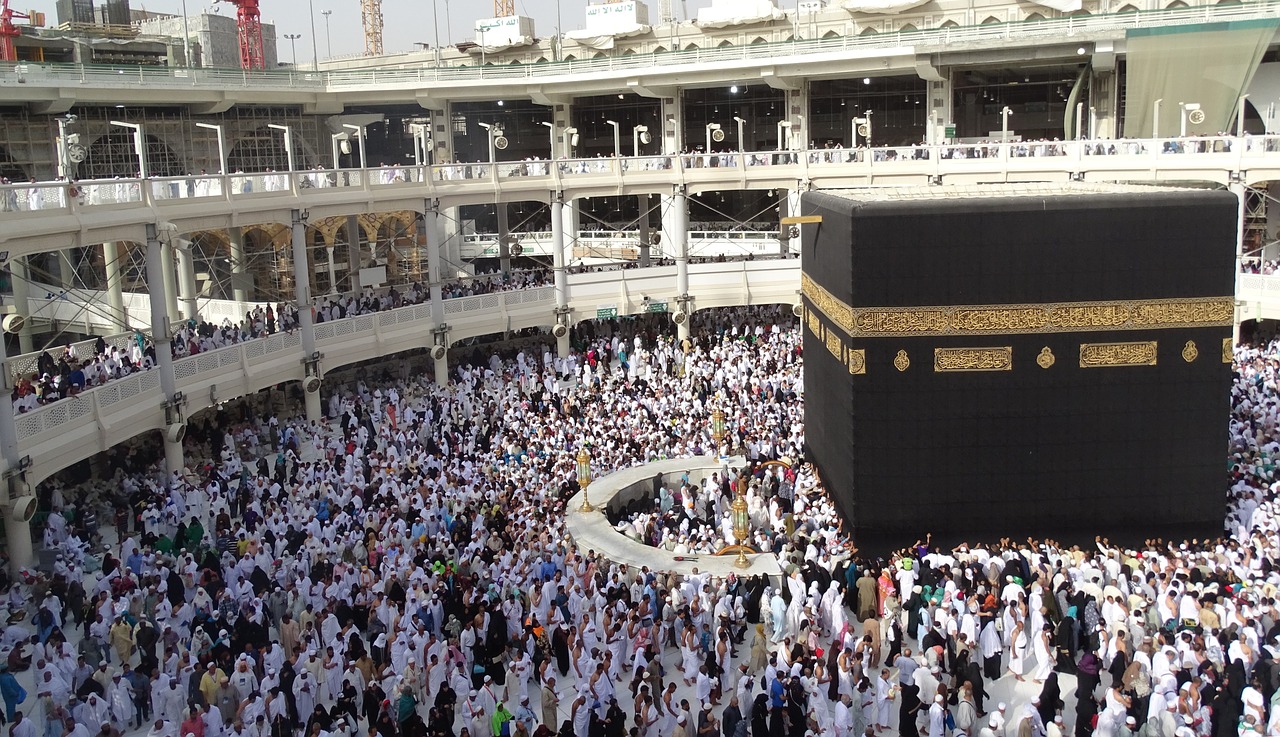Furthering efforts to reduce reliance on the oil and gas sector for economic growth as part of Vision 2030, Saudi Arabia recently announced a comprehensive infrastructure program. This program is designed to attract roughly $426 billion in foreign investments by 2030. It also aims to create a range of new industries and add more than 1.5 million jobs.
The Kingdom has focused on increasing its investment in industrial and transportation projects. Continued government spending on such projects has also contributed to the creation of an attractive environment for builders in the real estate and property sector.
Below are four ongoing infrastructure projects that are contributing to—or are a byproduct of—non-oil economic growth in the country.
1. Social Infrastructure and Housing in Riyadh
The Saudi Arabian capital of Riyadh is a city that will particularly benefit from increased government spending. During a February 13 ceremony at Qasr Al-Hukm, King Salman bin Abdulaziz Al Saud unveiled plans for social infrastructure and housing projects in the capital worth more than $21 billion.

The announcement was made days after King Salman approved a $3.1 billion plan to reimburse several private sector companies that couldn’t pay all their expat work permit fees during the past two years.
A total of 921 projects were inaugurated during the ceremony. These include seven medical cities and hospitals, recreational facilities, more than a dozen housing projects, a museum, and several schools and educational facilities. In fact, 63 of the projects will support the Ministry of Education. Other projects include construction relating to water and sewage systems, security, entertainment, and municipal roads.
2. Construction Beginning on Neom
In January, Saudi officials announced the construction of its smart city mega project, Neom, would begin during the first quarter of 2019. The first phase of development is expected to conclude by 2020. That first phase will be Neom Bay, a residential area within the planned, futuristic city.
Neom’s CEO, Nadhmi Al-Nasr, explained that 2019 will be a significant year in regard to Neom’s progress. He stated that there are four main tenets upon which the entirety of the project rests. Additionally, sustainability is important to the project as a whole.
The first of the four pillars of the project is a family-friendly atmosphere. Next, luxury and tourism are vitally important. The third focus of the project is the implementation of innovation and creativity in any and all amenities. The fourth and final pillar is the facilitation of economic growth and stability throughout the city and region.
The entire project is expected to be financed by the government and its sovereign wealth fund as well as local and international investors. It will be completed by 2025, according to Prince Mohammed. A total of 10,000 square miles, spanning not only Saudi Arabia but also Egypt and Jordan, have been set aside for the residential area. A bridge will also be built across the Red Sea to connect the city to Africa.
3. Railway Project Connecting to Jordan
The planned city of Neom isn’t the only ongoing Saudi Arabian project being completed in conjunction with Jordan. The Kingdom also recently signed an agreement with Jordan to build a railway line between the two countries for the transport of goods.

The line will cost more than $700 million and connect the Ma’an Land Port to the Jordanian Port of Aqaba. The memorandum of understanding was signed by the Aqaba Special Economic Zone Authority and the Saudi-Jordan Investment Fund Company. The latter will finance the project, while the former will construct, manage, and operate the railway line.
The line is part of a more ambitious National Railway Project in Jordan which will link the country to Europe and the other Gulf Cooperation Council states. While it will initially serve to transport goods, it may be capable of passenger transport in the future.
4. King Abdullah Port
Another major Saudi project inaugurated in February was the King Abdullah Port. It will be first-ever port in the country to be developed and operated by the private sector. The port will boast 30 berths. According to the state-managed website, these burdens will be some of the deepest in the world. The port will be constructed in Rabigh along the Red Sea coast.
Owned by the Ports Development Company, King Abdullah Port will be developed in seven phases. It will serve as a vital part of the planned, 181-square-kilometer King Abdullah Economic City, while also contributing to growth in trade and the Kingdom’s economy.
Aecom, the consultancy firm assisting with the project, notes that, when completed, the port will span 20 square kilometers and handle upwards of 1.7 million containers per year. In addition to its economic benefits, it will alleviate concerns of overcrowded roads in the vicinity of the nearby Jeddah Port.

